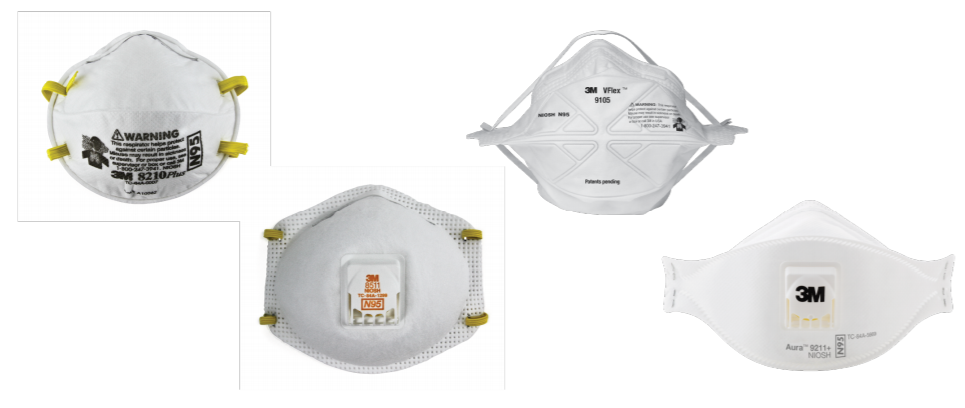Respiratory Protection FAQ: General Public
19.03.2020Company: 3M Česko
During public health events – such as wildfires, times of high air pollution, airborne-transmissible disease outbreaks, etc. – members of the public may choose to wear a respirator to help reduce their exposure to airborne particulate hazards. When respiratory protection is recommended for workers and the public, the recommendations often focus on government approved respirators such as "N95, FFP2 or equivalent.” When used correctly, respirators can help reduce wearers’ exposures to airborne particulate hazards such as dusts, pollen, PM2.5, mists and fumes – including particles so small that they can’t be seen. Respirators contain filter material and are designed to form a seal with the wearer’s face, so that air passes through the filter (instead of around the edges) before it is inhaled. A common choice is a disposable filtering facepiece respirator (FFR), sometimes referred to as a particulate respirator, such as those shown below.

No matter how well a respirator seals to the face and how efficient the filter media is, wearers should expect a small amount of leakage inside any respirator. No respirators will eliminate exposures entirely. Please read the questions and answers below to give you a better understanding of how respirators work. If you have additional questions about the use of 3M respirators, please consult our website or contact your local 3M office. The following are generalized responses to some frequently asked questions, to help provide clarity around the following topics:
1) Respirators vs. Masks
2) Types of Respirators
3) How Respirators Work
4) Who Can Use Respirators?
5) How to Use Respirators
6) Comfort Considerations
7) Aesthetic Considerations
8) Other Questions
The answers can be found here.
Tags: Health |








